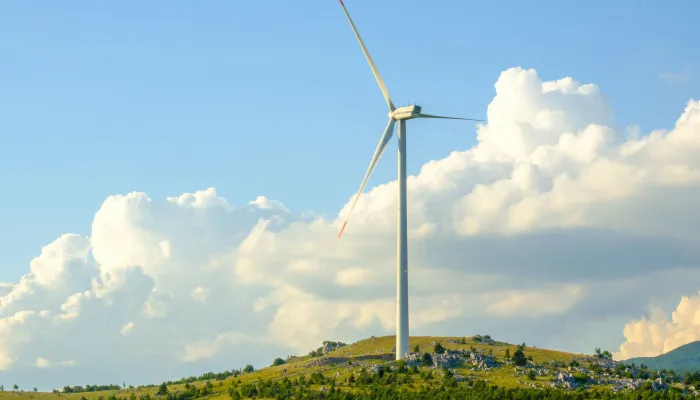The uP_running project concludes by positioning biomass as the engine of rural development

The uP_running project concludes after three years of intensive work with a session where CIRCE positioned biomass as a driver of rural development. The event, held in Madrid and organized by the Ministry of Agriculture through the Directorate General of Rural Development, Innovation, and Forest Policy, along with CIRCE and Asaja, attracted over 90 participants. The session began with an overview of the bioeconomy framework and continued with presentations of experiences, successful cases, and ongoing initiatives in biomass utilization for bioenergy production in rural areas. In the latter part, Daniel García Galindo, representing CIRCE and as coordinator of the uP_running project, presented the outcomes and key messages derived from over three years of executing the H2020 uP_running project.
This initiative aims to unlock the significant potential of Agricultural Pruning and Plantation Renewal (PARP) wood in Europe, promoting its sustainable energy use and highlighting collaboration between agricultural and biomass technology sectors. The project involves a consortium of eleven companies and entities from seven different countries, including CIRCE and Asaja Huesca. Daniel García shared with attendees that PARP wood, a renewable energy source, is currently underutilized but can be competitive in today's market, offering various intangible benefits for rural areas such as reduced greenhouse gas emissions, improved agricultural health, and decreased fire risks.
The session also featured contributions from Ángel Samper, General Secretary of ASAJA Huesca; ENCE; the Municipality of Vilafranca del Penedés; Athisa Biogeneration; Agro-Food Cooperatives; Basque Energy Agency; AVEBIOM; and several operational groups linked to the European Innovation Partnership for Agricultural Productivity and Sustainability, presenting their circular bioeconomy-based experiences and initiatives.
30.5 million tons of agro-residues in Spain are currently not energetically utilized
Furthermore, Fernando Miranda, Secretary General of Agriculture and Food, noted that Spain produces approximately 30.5 million tons of "agro-residues" annually that are not being efficiently utilized for energy purposes. He emphasized that their energetic valorization represents an efficient and sustainable alternative to redirect the production model towards a circular bioeconomy. Isabel Bombal, Director of Rural Development, Innovation, and Forest Policy, outlined funding opportunities for bioeconomy under the upcoming framework program and Common Agricultural Policy (CAP), as well as existing opportunities from the FEADER funds (in rural development programs) and for innovation (H2020 and other mechanisms).
The first session also included presentations by Ignacio Seoane from the Environmental, Climate Change, Forestry, and Bioeconomy Unit at the National Institute for Agricultural Research and Technology (INIA), and a representative from the Center for Industrial Technological Development (CDTI). The event underscored various benefits of biomass such as job creation, rural area revitalization, and fire prevention, stressing the need for enhanced collaboration among sector stakeholders. It was evident that leveraging biomass as an energy source requires investments in new facilities, technologies, and supportive legislations.






